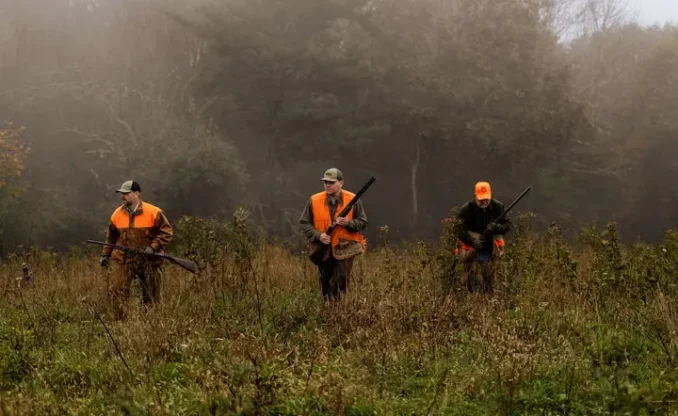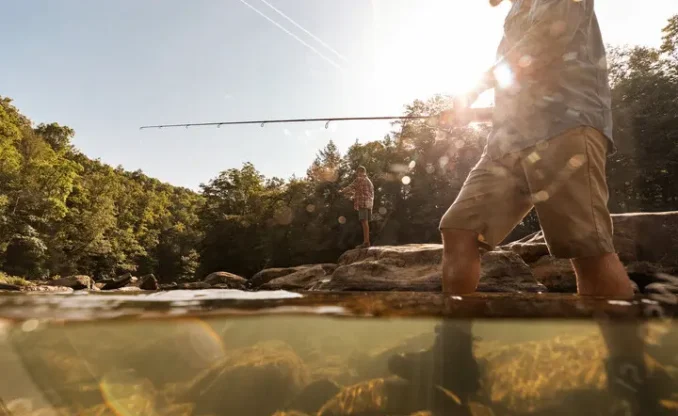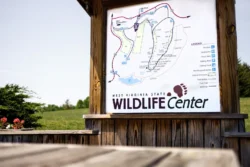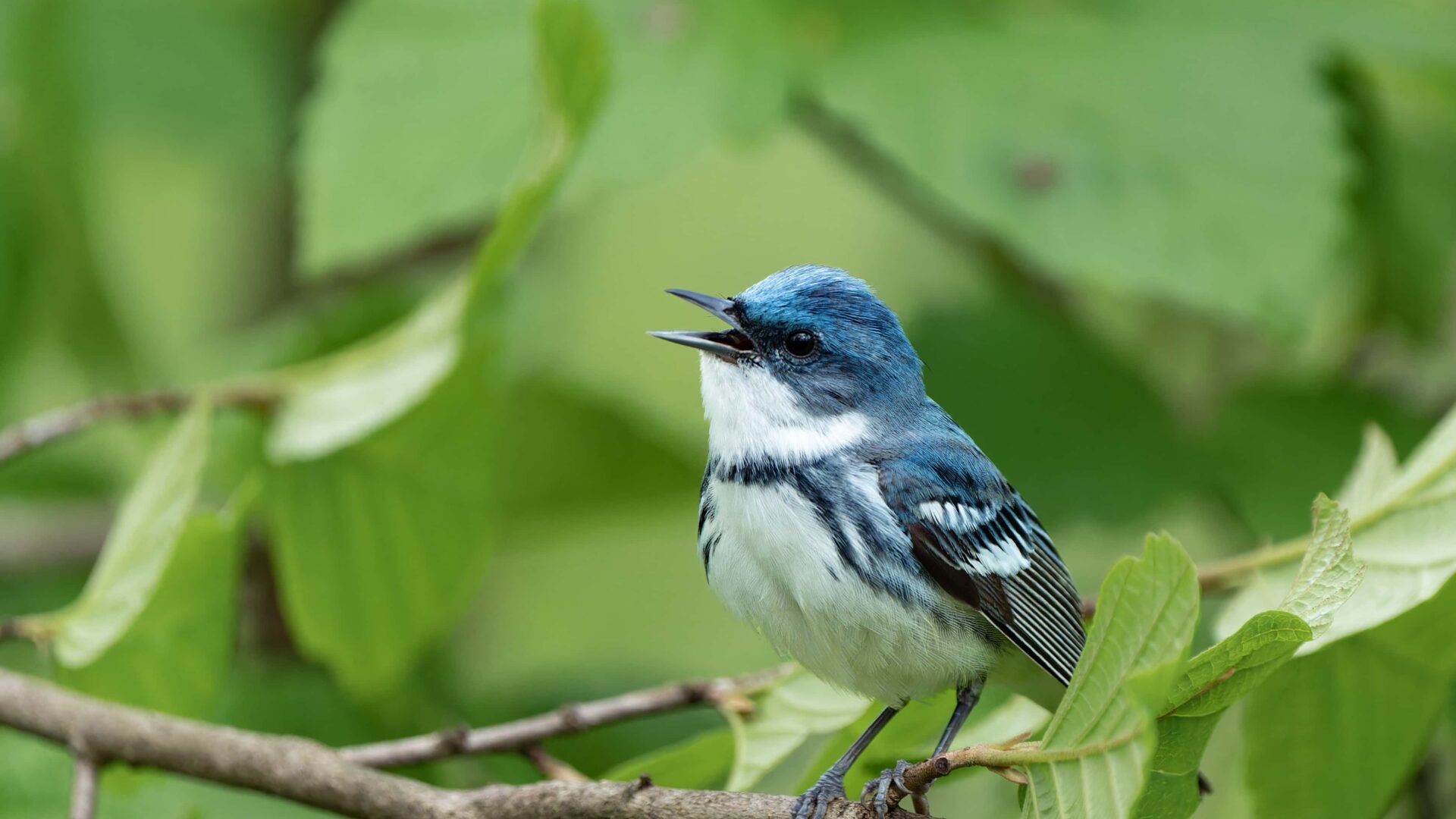Inside the forest management work revitalizing Summersville WMA
While not as well-known as the white-tailed deer or wild turkey, the cerulean warbler is one of the most important wildlife species in West Virginia. That’s why the WVDNR has made this rare Appalachian songbird the focus of a major forest restoration effort at Summersville WMA. And the results are speaking for themselves: better habitat for wildlife, stronger game populations and one more reason to get outside and explore the public lands your license dollars help protect.
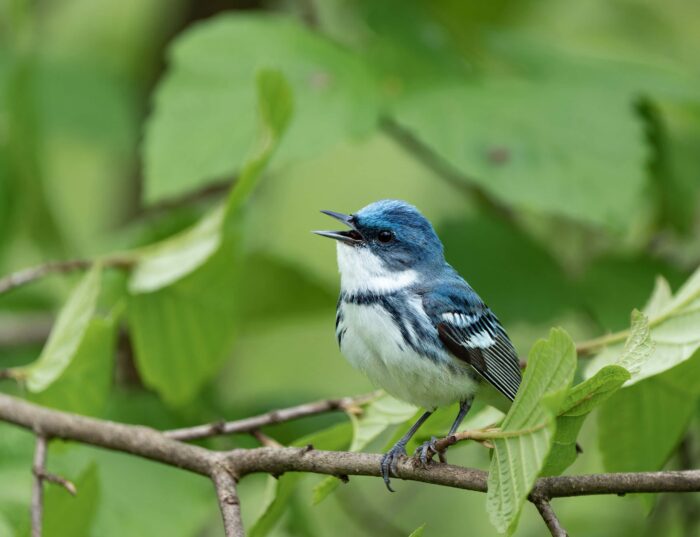
Why the Cerulean Warbler Matters
The cerulean warbler is a migratory songbird named for the males’ sky-blue plumage. These small birds migrate long distances, spending their spring and summer in the Appalachian Mountains and wintering in the Andes of South America.
Roughly 80 percent of the world’s cerulean warbler population breeds in the Appalachian Mountains, one-third of which can be found nesting here in West Virginia. While the northern cardinal is the Mountain State’s official state bird, the cerulean warbler deserves to be recognized, says Richard Bailey, State Ornithologist for the WVDNR. “If West Virginia had an unofficial state bird, it would be the cerulean warbler,” he said.
In West Virginia, cerulean warblers are commonly found in oak and hickory-dominated forests along ridges and steep slopes with plenty of canopy gaps that allow sunlight to reach the forest floor. Cerulean warblers nest high in the trees and forage in the gaps, while the growth of saplings, shrubs and other vegetation in the understory provides badly needed habitat for other game and nongame species..
Unfortunately, the Cerulean warbler has declined by more than 65 percent since 1966 due to habitat loss. The forests that regrew after historical logging are often even-aged and overstocked, greatly reducing the conditions that the warblers and other wildlife need.
“If we’re going to keep cerulean warblers viable, the work we do here at Summersville WMA is incredibly important,” said Bailey.
As an indicator species, the presence of the cerulean warbler reflects the overall condition of a forest landscape. Management for this bird and other forest indicator species means creating a variety of habitats reminiscent of what the state’s forests might have once been like.
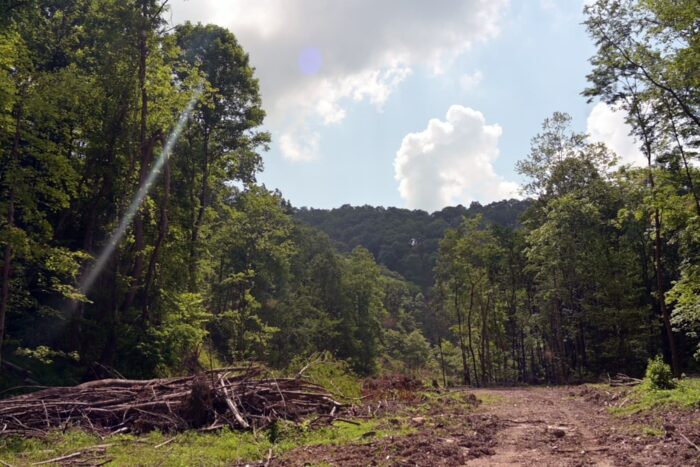
Forest Management in Action: Restoring Natural Diversity
In 2014, the WVDNR began implementing a timber management program at Summersville WMA to improve forest health and to create a diversity of habitat for a variety of wildlife. The most recent cut included 150 acres tailored for creating habitat that cerulean warblers prefer. This cut was part of a 2018 National Fish and Wildlife Foundation grant to create a demonstration area for private landowners interested in implementing farm bill projects on their properties to enhance habitat for cerulean warblers.
“The timbering here reflects natural disturbances by creating patch openings that create areas for light to hit the ground, which is really important for wildlife,” said Kaylee Pollander, a District Game Biologist for the WVDNR.
Opening up the canopy through patch cutting allows light to reach the forest floor, stimulating the growth of young trees, shrubs and herbaceous plants. These new growth areas provide prime conditions not only for cerulean warblers but for a wide variety of wildlife species.
By improving habitat for the cerulean warbler, WVDNR has also increased biodiversity across the Summersville WMA landscape.
“Since we started our timber management program in 2014, we’ve seen all kinds of small game, especially rabbits,” said Sam Cowell, the WVDNR’s Summersville WMA Wildlife Resources Specialist. “We also have a huge white-tailed deer and black bear population here, which brings a lot of people here to pursue them.”
Managing forests for cerulean warblers creates healthier ecosystems that support hunting, wildlife viewing and outdoor recreation now and in the future.
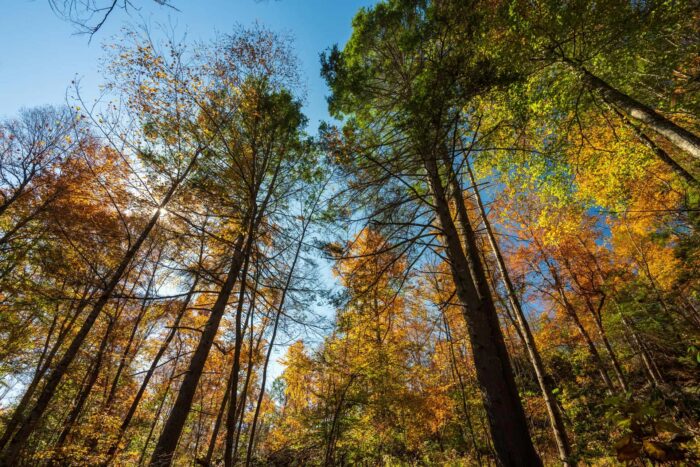
How Hunters Help Make It Happen
The WVDNR gets most of its funding for forest management at WMAs through the Wildlife Restoration Program, administered by the U.S. Fish and Wildlife Service, but hunters and anglers also play a big part in making projects like this possible. When you buy a license or stamp, you’re investing in West Virginia’s wildlife and wild places and supporting critical research, management and conservation.
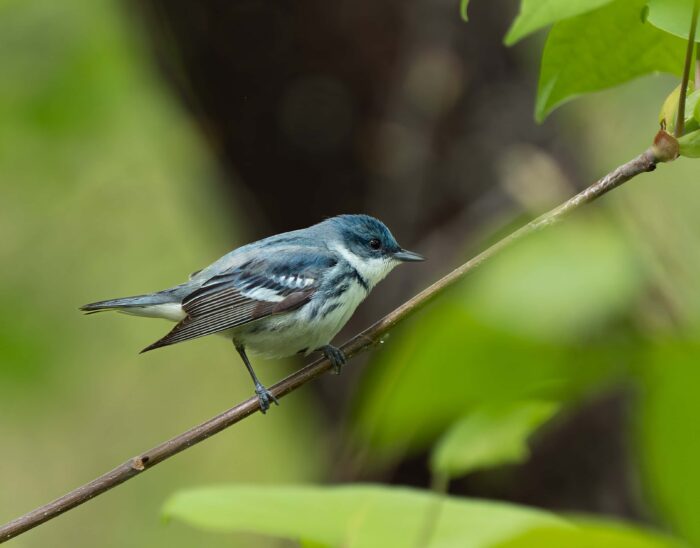
Explore and Hunt Summersville WMA
Whether you’re calling in gobblers in the spring, tracking deer in the fall or just hoping to hear the cerulean warbler’s song on a quiet summer morning, Summersville WMA is a place worth visiting and protecting.
With more than 6,000 acres to explore, Summersville WMA is open to the public for hunting, fishing and birding. It features oak-hickory forests and hollows teeming with wildlife that are accessible through maintained roads and trails.

